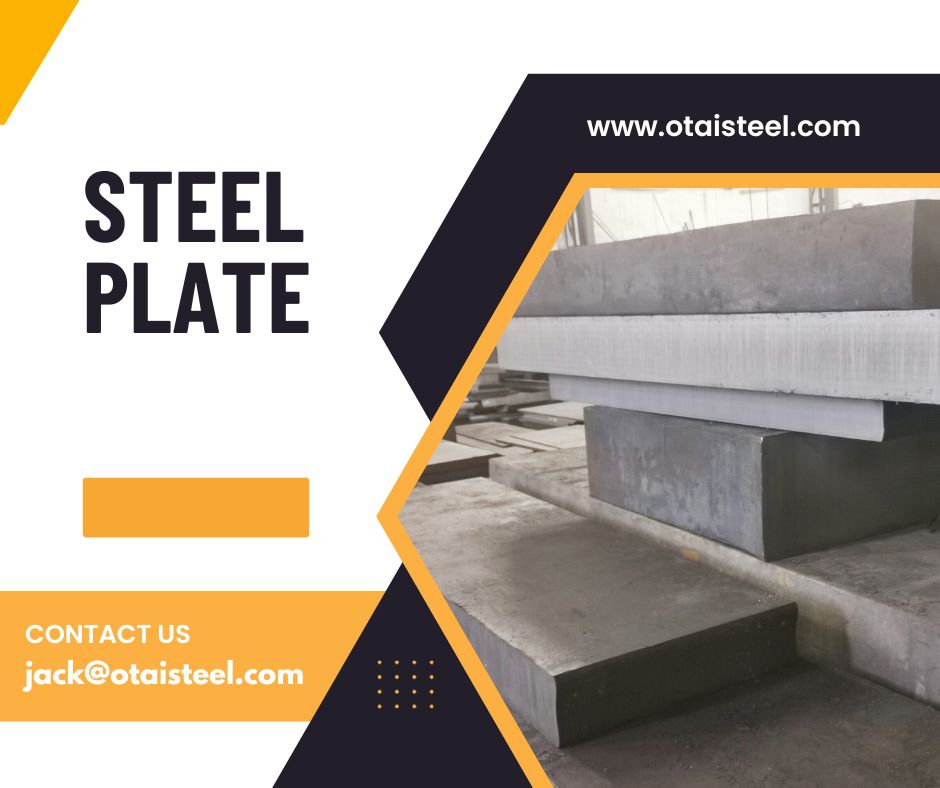To comprehend the prowess of 30CrNiMo8 Steel Bar Stock, it’s essential to dissect its metallurgical composition. This alloy, primarily composed of chromium, nickel, molybdenum, and carbon, exhibits superior mechanical properties. With a high tensile strength and excellent toughness, 30CrNiMo8 becomes a sought-after material in industries where performance is non-negotiable.
Applications Beyond Conventional Uses: 30CrNiMo8 Steel Bar in Action
One of the remarkable aspects of 30CrNiMo8 Steel Bar lies in its versatility. From heavy machinery to aerospace components, this alloy caters to diverse applications. In the automotive sector, it plays a crucial role in crafting robust transmission gears, while in construction, it contributes to the structural integrity of buildings. We explore these applications, shedding light on how 30CrNiMo8 Steel Bar becomes the backbone of various industries.
Precision Crafting: Machining and Fabrication with 30CrNiMo8 Steel
Machinability is a critical factor in the success of any alloy, and 30CrNiMo8 doesn’t disappoint. Manufacturers and engineers appreciate the ease with which this steel can be machined and fabricated, allowing for intricate designs and precise components. From CNC machining to forging, we unravel the secrets behind the precision crafting made possible by 30CrNiMo8 Steel Bar Stock.
Navigating Challenges: Corrosion Resistance and 30CrNiMo8 Steel Bar
Corrosion is a formidable adversary in many industrial environments. However, 30CrNiMo8 Steel Bar stands tall against this challenge. Through its inherent corrosion resistance, it extends the lifespan of components and reduces maintenance costs. We delve into the science behind this resistance and its implications for industries exposed to harsh environmental conditions.
Crafting the Future: Innovations and Advancements in 30CrNiMo8 Steel
The story of 30CrNiMo8 Steel Bar Stock wouldn’t be complete without exploring the ongoing innovations and advancements in its production and applications. From enhanced heat treatment techniques to sustainable manufacturing practices, we highlight the ways in which this steel is evolving to meet the demands of the future.
Conclusion: The Enduring Legacy of 30CrNiMo8 Steel Bar Stock
In conclusion, 30CrNiMo8 Steel Bar Stock stands as a testament to the capabilities of modern metallurgy. Its strength, versatility, and resistance to corrosion position it as a cornerstone in various industries. As we navigate the landscape of alloy steels, the enduring legacy of 30CrNiMo8 continues to shape the way we build, create, and innovate.
 In the dynamic landscape of industrial requirements, the ability to customize materials for specific applications becomes a game-changer. 30CrNiMo8, a low-alloy steel known for its robustness, becomes an intriguing candidate for customization, paving the way for tailored solutions that meet the exacting demands of modern engineering. (30CrNiMo8 Steel in Customized Solutions)
In the dynamic landscape of industrial requirements, the ability to customize materials for specific applications becomes a game-changer. 30CrNiMo8, a low-alloy steel known for its robustness, becomes an intriguing candidate for customization, paving the way for tailored solutions that meet the exacting demands of modern engineering. (30CrNiMo8 Steel in Customized Solutions)
